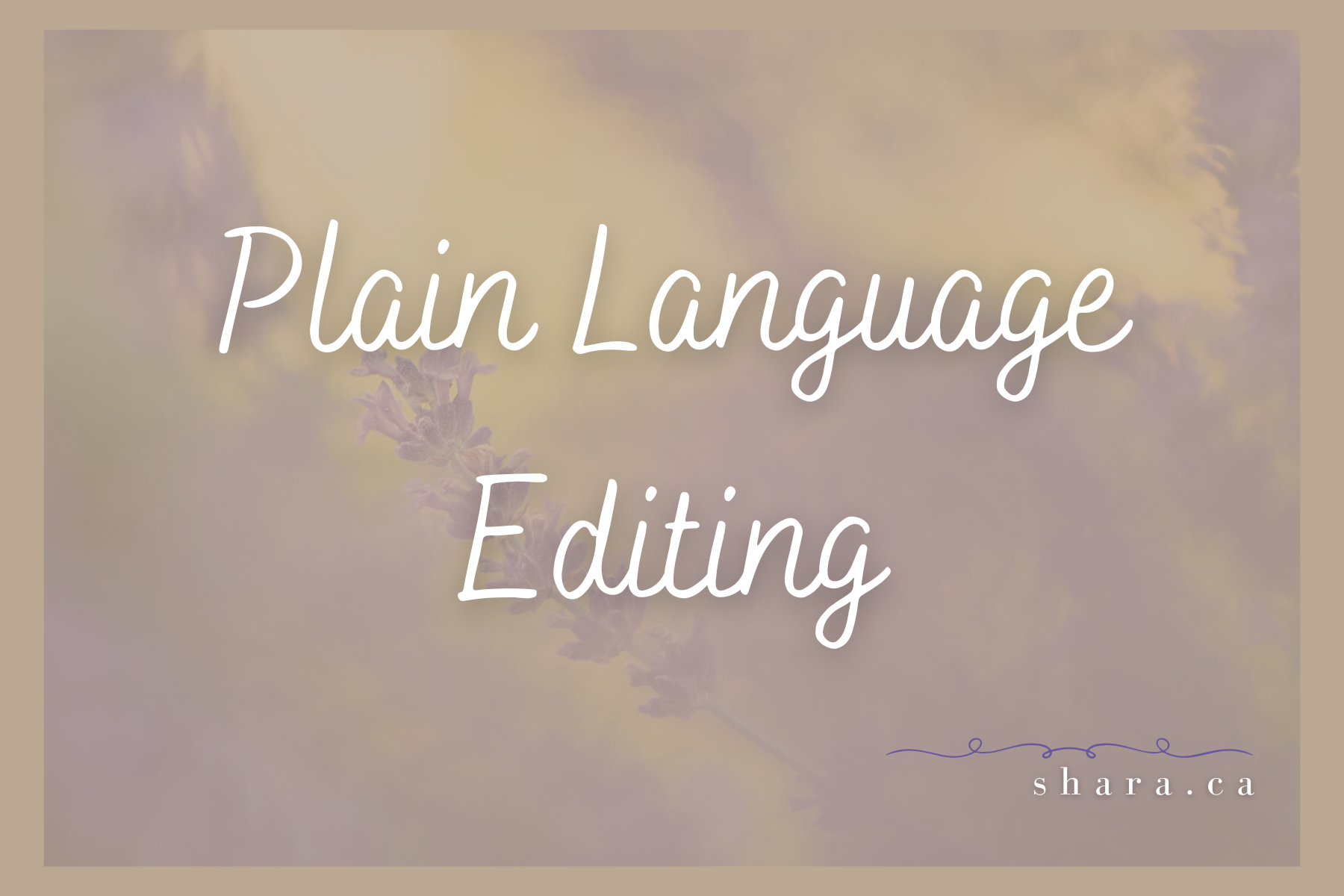The 4 Cs of Copyediting: Clarity, Coherence, Consistency, Correctness
By the time a manuscript arrives at copyediting, the heavy lifting is finished. The ideas are in place, the voice is established, the structure has been set. Copyediting comes closer, reading line by line, attending to the fine details. It doesn’t change the architecture of the house—it makes sure the doors close properly, the windows line up, and the paint runs smooth.
Copyediting is sometimes boiled down to SPaG—spelling, punctuation, and grammar. Those matter, of course, but they’re only the beginning. What gives copyediting its shape are the 4 Cs: clarity, coherence, consistency, and correctness. Together, they make a manuscript not only accurate but also trustworthy and ready to meet the reader.
Clarity
Clarity is about making sure meaning comes through. A sentence may follow the rules of grammar but still be hard to read—cluttered with modifiers, tangled into subclauses, or padded with unnecessary words. Copyediting pares this back. It trims, rearranges, or rephrases just enough so that the intention is unmistakable.
Clarity also means awareness of language. Words can mislead, distract, or even harm. A copyedit looks at phrasing that might confuse or exclude and asks whether there’s a clearer, fairer way to say the same thing. The goal isn’t to flatten voice, but to make sure the words do the work the writer intends.
Coherence
Coherence is the invisible thread that holds text together. It’s about making sure sentences follow naturally, paragraphs flow, and transitions guide the reader without jolts. Copyediting checks that headings match their sections, that lists are ordered logically, that references point to the right place.
Even the mechanics—like a table of contents lining up with chapter titles, or URLs leading where they should—are part of coherence. When this work is done well, readers never stop to think about it. They simply move forward, carried smoothly through the text.
Consistency
Every manuscript carries dozens of small choices: Will numbers be spelled out or written as numerals? Is the spelling Canadian, American, or British? How are acronyms handled? Copyediting makes sure those decisions are applied evenly from start to finish.
This extends to citations, too. Academic work needs one system—Chicago, MLA, APA—and it needs to be consistent. Tables, captions, headings, even visual styles are checked against each other. Readers may never notice when consistency is present, but they always notice when it’s missing.
Correctness
Correctness is the copyeditor’s most visible role: making sure SPaG is sound. Subject–verb agreement, commas, homonyms, idioms—all the fine points of language are checked and corrected.
But correctness also reaches beyond grammar. Copyeditors check facts, confirm quotations, and make sure numbers add up. They test links, verify measurements, and flag inconsistencies in statistics. A manuscript that is structurally strong and beautifully written can still falter if its details are wrong. Correctness keeps it steady.
The Fifth C: Completeness
Some add a fifth C—completeness. This means making sure nothing essential is missing: captions, credits, citations, acknowledgements, permissions. Copyediting checks the edges of the work as carefully as the sentences themselves, ensuring the manuscript is not only polished but also whole.
Why Copyediting Matters
Copyediting often comes after developmental and stylistic editing, just before design and proofreading. It’s the last chance to catch mistakes before the text meets the reader. It doesn’t reshape the argument or rewrite the story, but it gives the manuscript its professional finish.
The work is quiet and meticulous. Done well, it’s invisible. Readers don’t notice consistency in spelling or accuracy in citations—they only notice when those things slip. Copyediting matters because it lets nothing distract from the writing itself. It supports the writer’s voice by making sure the words arrive as intended: clear, coherent, consistent, and correct.


